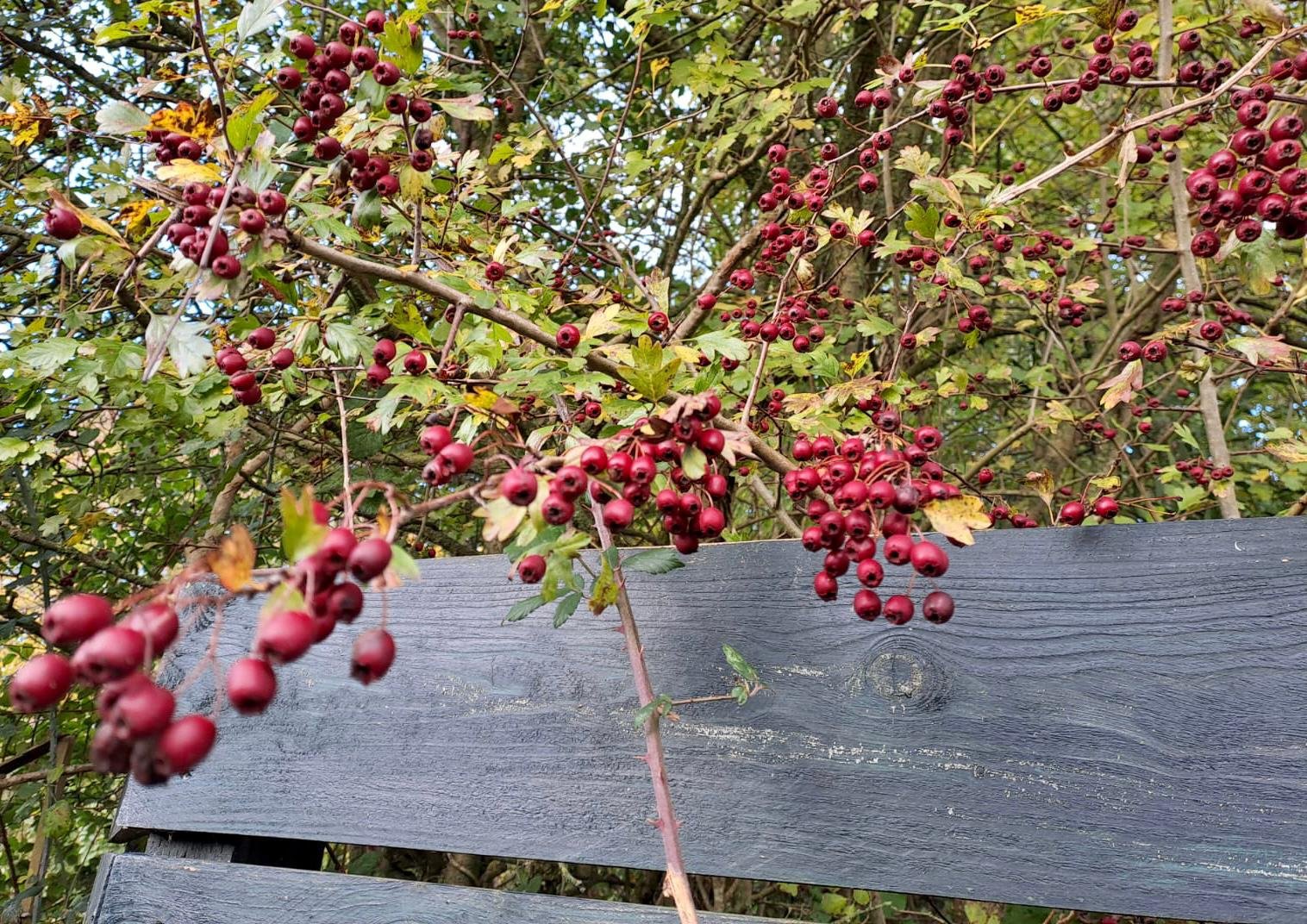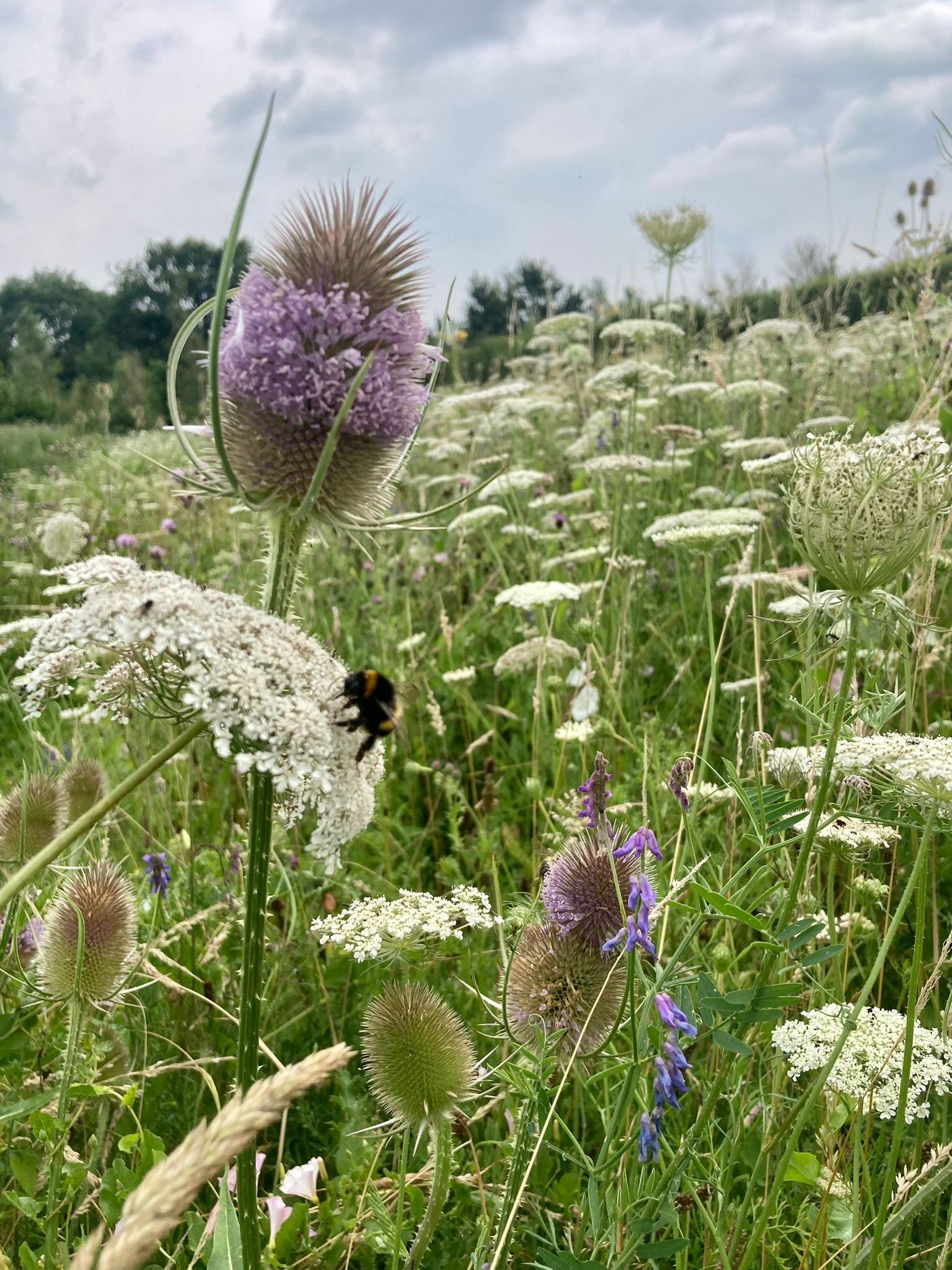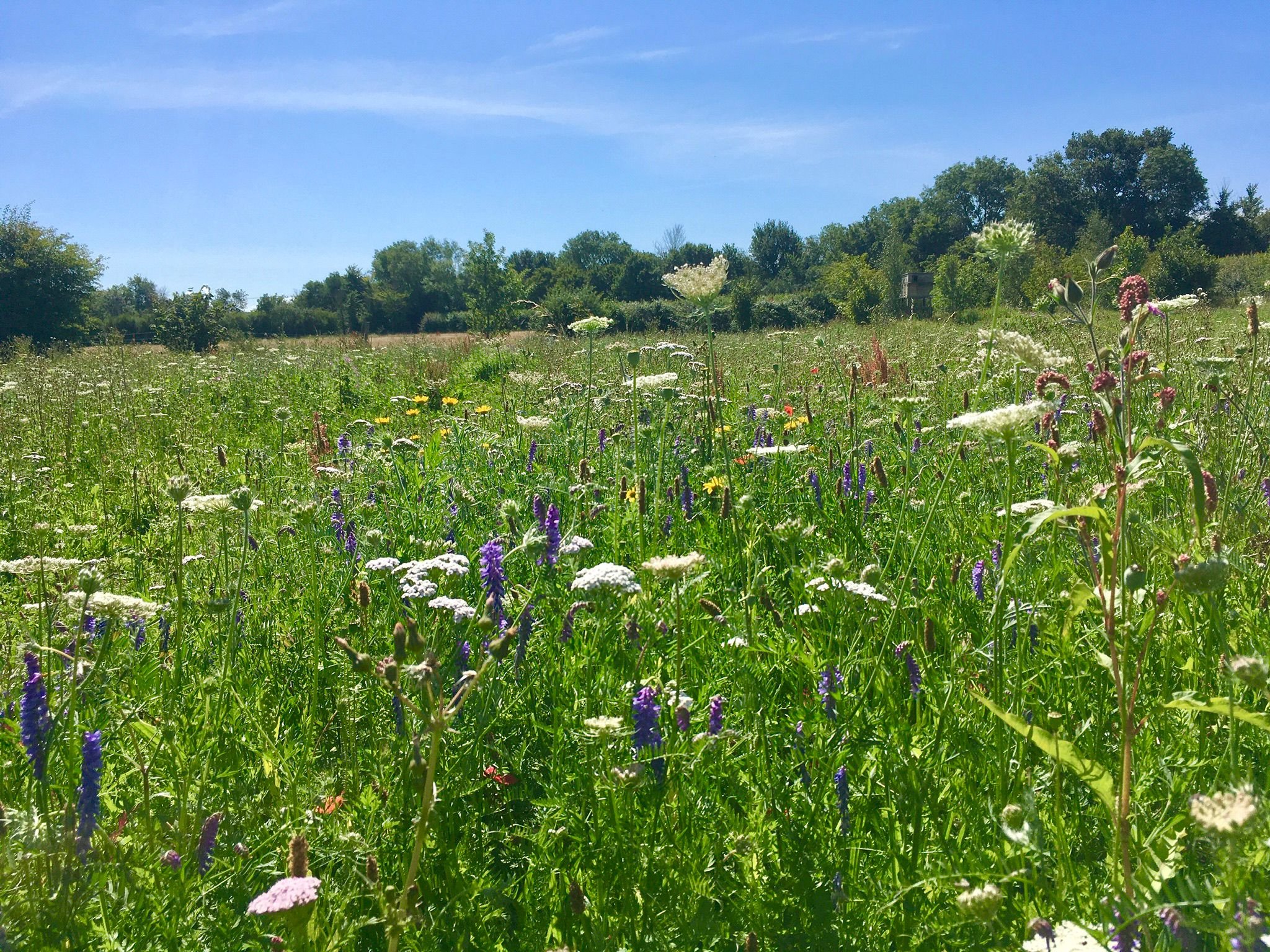Autumn is nature’s own natural planting season.
Our thanks this week to Gael Witor for this really informative and inspiring information.
Autumn is the time for cosy nights, hearty stews .. AND creating a wildlife friendly garden!
If you can tear yourself away from the warmth, pull on a pair of wellies and don a woolly layer, it is actually the perfect time for getting out into your patch and planting, ...literally anything ....from trees, shrubs, spring bulbs and wildflowers. It’s actually ‘Nature’s own natural planting time!’
I think most people would like to see wildlife thrive in their gardens! Well with some planning, pointers, and of course getting a bit muddy, the possibilities in spring next year are endless.
There are perhaps 4 key aspects to a making garden that is rich and vibrant
Variety ( in planting schemes)
Providing cover (for garden guests to hide, shelter, nest & hibernate)
Avoidance of artificial chemicals
Being a little bit untidy
With this in mind, .. the cooler temperatures and increased autumnal rainfall make it easier to actually physically plant things, especially small trees or shrubs, as the soil is less compact. Everything will also require little or no watering over winter & have a chance to establish & bed in before a growth spurt in spring.
When choosing trees or bushes, try & chose varieties, particularly native ones, that either provide shelter or a food source such as berries for birds. Some examples are Crabapple, Rowan, Holly, Dog rose, Hawthorn, Hazel & Ivy.
Now is also an ideal time to sow wildflower mixes, I have actually had more success with an autumn sow, in comparison to spring. This is perhaps because the seeds and small plant plugs, harden off during winter. This gives them a head start once spring comes when they are up against established any brutish, more established plants.
It is also worth getting to know your soil, as this is an important factor for how well your wild area will do in successional years.
Many people will often be thrilled with their first year of planting a meadow/ swathe, but disappointed with following years, due to choosing unsuitable wildflower mixes for the position in the garden or the soil composition.
Wells, and the surrounding areas are predominantly clay soil and wildflowers such as Knapp weed, Red and White Campion, Wild Carrot, Plantain, and Mallow are some of the species that will almost certainly survive and thrive in these areas. If you are also prepared to step back & observe over successional years, you will find that other wildflower guests will unexpectedly pop up or move in, as a result of either being carried on the wind or just dormant seeds developing.
You don’t have to completely clear large areas of soil with rotavators, as that can also come with its own problems.
Clearing space in small sections or swathes will work too. Also remember that wildflowers often prefer poor/ nutrient depleted soil, so you don’t need to add rich compost. Check whether your chosen seeds prefer an open sunny site, most will, but there are edge of woodland species such as Foxgloves, Campanulas and Selfheal which prefer partial shade.
Lawns can actually be a great place to plant wildflowers. Again they can either be planted in swathes. You will need to remove the areas of grass where you are sowing seeds or plugs . You will however need to ditch the plant feeds and fertilisers, as these will give an advantage to the more brutish lawn plants who love the extra nitrogen. To create a sense of care and management of your new wild area, you can always mow a path, which instantly transforms your mixed grassland into a proper meadow.
Planting clusters of spring bulbs, such as tulips or other long stemmed bulbs in your lawn, between now and December is another wild and wonderful idea, as long as you are happy to keep the lawn mower in hibernation for just bit longer next spring. There are also a number of spring bulbs available which are great for pollinators, including Snake’s Head Fritallary, Camassia and Alliums The bulbs will grow up within the grass and provide a wonderful spectacle in spring.
Whether you have acres of land or just a ‘yard-en’ there are many ways to help bring biodiversity, colour and interest into your very own patch starting this autumn.. Brownes garden centre in Wells have a variety of wildflower seed mixes and will stock native wildflower plugs in early spring . They also will be stocking native trees and whips from mid November.
Pull on those wellies and Happy planting!




